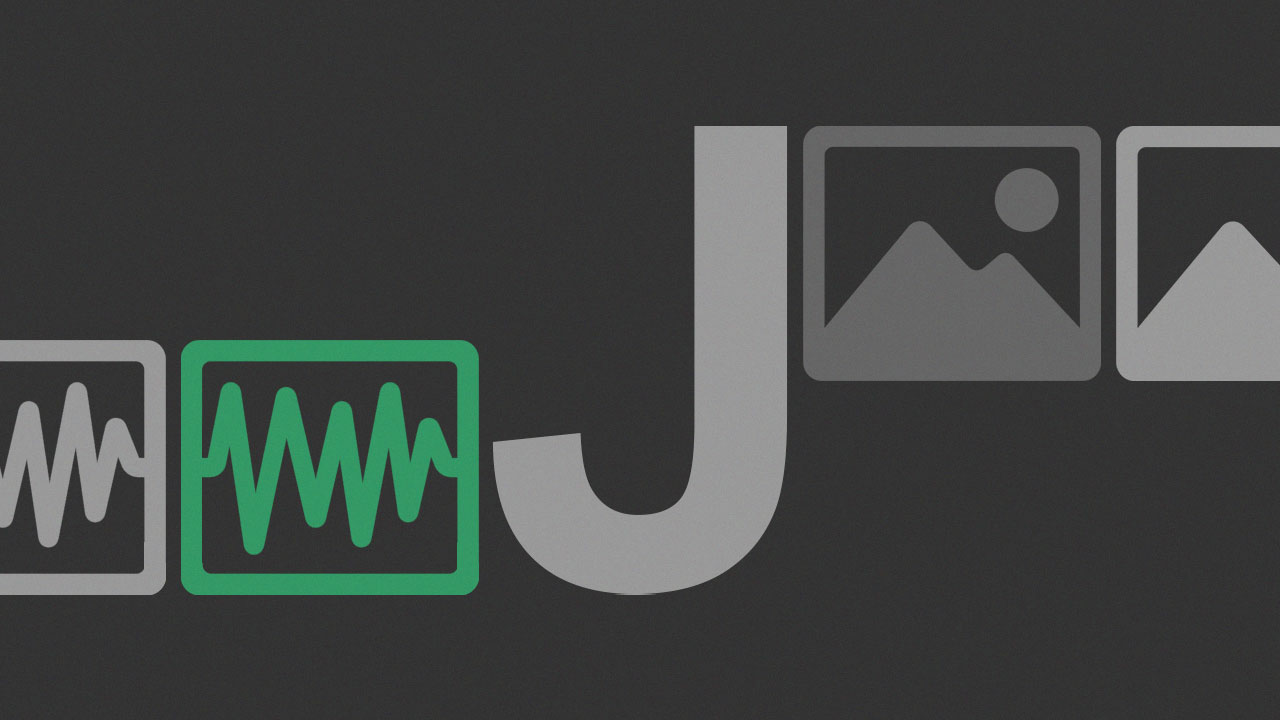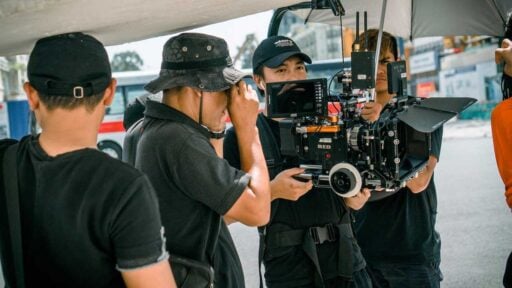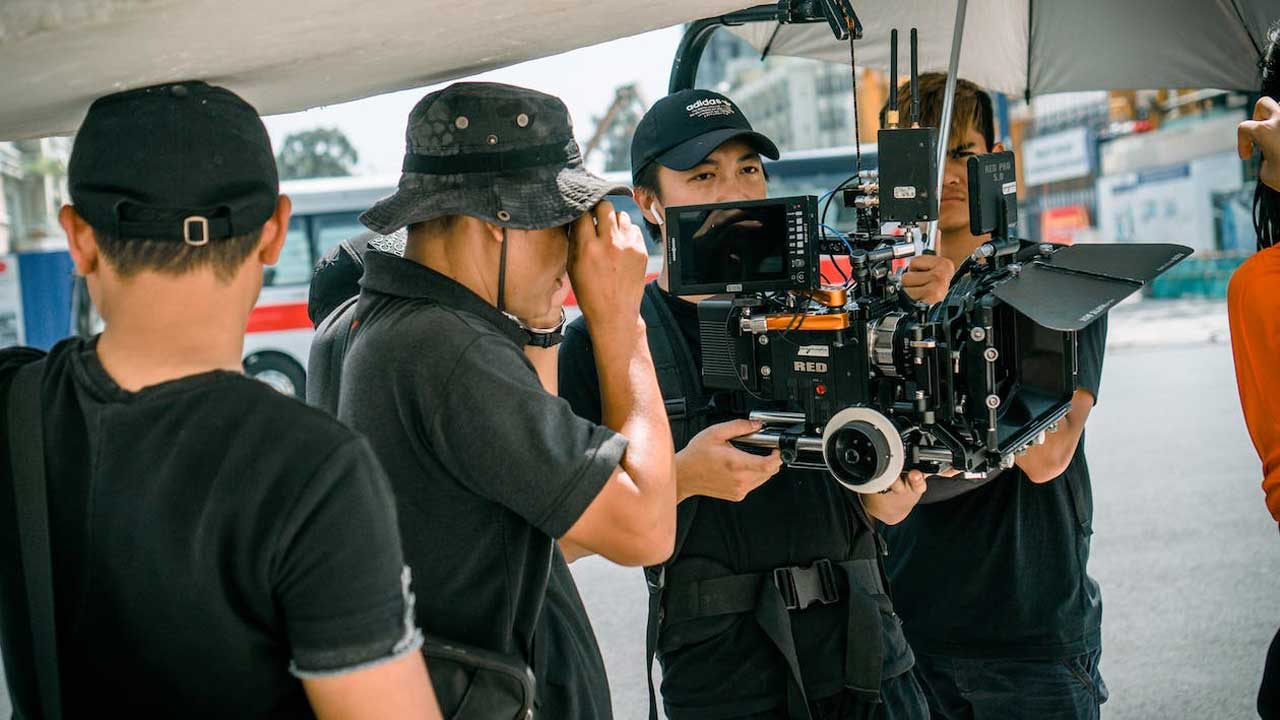As a video editor, it takes a keen eye to edit films, music videos or trailers to make them appealing and stand out from the millions of content on the internet. Certain techniques will help you develop your own style or create unique videos that will attract a wider audience.
If you want to master the edit types to make a good quality video, then you’ll find value in this post. We’ve provided details on the various editing techniques, and how and why you should use them for specific videos. Read on to find out more!
Table of Contents:
Hard Cut
Hard cut or standard cut is one of the most used editing techniques for videos. This technique is used to create a simple cut between two different scenes shot in the same location. There are no transitions or fadeouts between the two scenes. The second one begins immediately after the first one ends.
Ensure you have proper composition framing so that all important elements are shown in the scene so as not to confuse the audience.
Examples of a Hard Cut
A perfect example of a hard cut is when two people are talking in a film face-to-face. The shots will change between the two characters every time they talk. Another example is changing between cameras on the same scene and location.
Why Use a Hard Cut?
You should use this video editing technique if you want to showcase various camera angles of a scene or go from one shot to another quickly. A hard cut should be done in such a way that the audience doesn’t notice the transition. Each shot must go from one scene to another smoothly without glitches.
J-Cut
A J-cut is a type of video editing technique under the category of split edits. When using this type of edit, you’ll cut the audio and video of a specific clip at different times. The audio from clip B will come in when you’re still viewing clip A. The name for this technique was given because of the shape it makes on your timeline after making the edit.

Examples of a J-Cut
Some scenes in a movie can have sound effects, someone talking or music playing from another scene while you’re looking at the first. An example of this, is someone standing by a bus station and another character starts talking to that person but you can’t see who’s speaking yet. This may create some mystery around a new character that’s being introduced.
Why Use a J-Cut?
What makes a J-cut work is a natural flow between the two scenes. It allows you to make your video interesting for the viewer when they hear a familiar sound before going to the next scene. This works well if you want to create:
- Nostalgia
- Excitement
- A more natural flow between dialogues
- A scene that evokes sadness or joy
Cross Dissolve or Cross-Fade
A cross dissolve or fade is a type of video editing technique to demonstrate a change or passage of time. You can use it to overlap layers to show multiple scenes happening at once but at different times.
Examples of a Cross Dissolve or Cross-Fade
There are many ways you can use a cross dissolve or cross-fade in films so there isn’t one particular style to adopt. Here are some examples to assist you:
- A bustling street and then suddenly people fade out and it’s now night and the street is quiet.
- Someone’s sleeping at night and then the brightness is increased to show that it’s now morning.
- Different shots fade out into another one while someone is eating chocolate or ice cream.
- The background scene changes while a lion is running to its destination.
Why Use a Cross Dissolve or Cross-Fade
You can give life to your cross dissolve scene by adding music to it. You can use any audio editor to improve your sound quality, reduce noise, or add effects. If correctly done this type of editing technique can make your scene look more inviting. It’s mostly used for high-end advertisements to entice your audience. The editing technique can be seductive or comical depending on the type of film you’re making.
Montage
Montage is the technique of adding numerous shots together with a consistent theme. With this editing technique, you can put together large amounts of information combined with visuals and music. You’ll rarely find full-length dialogues in montages. You can choose the length of each clip, but the most popular way to create a montage is through flashing images.
Examples of a Montage
A perfect example of a Montage is the opening scene of the movie Detroit Rock City. Music starts playing while flashes of images show 70’s American culture at its finest. It follows a pattern and a theme that’s both intriguing and disturbing at the same time. In the next scene, a character wakes up from a nightmare, depicting that the montage was a dream.
Why Use a Montage?
You should consider using a montage if you’re creating a documentary. Most documentaries about musicians use montages to show the life of a rock or pop star from beginning to end. Furthermore, montages work well for the opening scene for a movie or a music video that tells a story.
Blurring Sections of a Video
Blurring sections of a video is a way to hide backgrounds or create a dramatic scene. There are several ways blurs are used such as:
- To keep a person’s identity confidential
- Hiding the address or number of an individual
- To block out parts of the body that are exposed
- To show that someone is dreaming in a movie or music video
Examples of Blurring a Video
If you look at the music video for Loser by Beck, you’ll see that there is a character in certain shots that has his face blurred out. This could be to create mystery around who the person is. You can also blur a scene to depict a character’s poor eyesight. You’ll see plenty of these scenes in the Harry Potter movies when the main character loses his glasses.
Why Blur Sections of a Video?
The first step is to learn how to blur a video before choosing this editing technique. Use this type of effect to go from blurred vision to a clear picture when someone wakes up from a dream. You can also use it to bring more focus to a particular location, for example, a garden.
Final Thoughts
There are many other smart video editing techniques you can adopt but not all of them will work for the same type of film. Use the tips in this video to choose the right editing technique for the style of video you’re making. Whether you’re making movies, trailers, music videos or practicing video editing for YouTube, using unique editing techniques will set you apart from other film-makers




